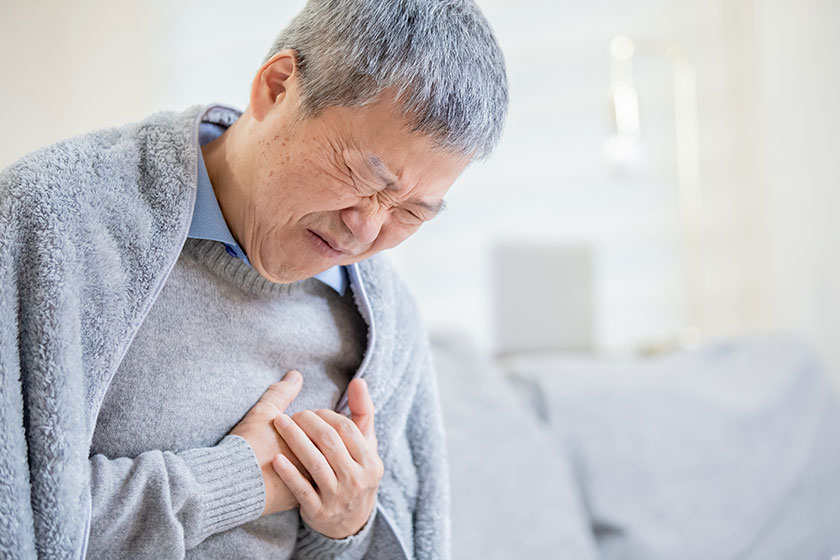When blood is unable to reach the brain due to a blockage or clot in the blood vessel, a stroke occurs. Blood vessels carry oxygen, without which brain cells begin to die. This process causes telltale symptoms. Being quick to recognize early symptoms of stroke and getting medical help can minimize damages caused to the brain.
Early Signs of Stroke
- Severe headaches: sudden and severe headaches that occur without a known cause and in those with no history of headaches can be preemptive of strok3. You may notice yourself rubbing your temples often to ease the tension in your head, or find yourself having increased sensitivity to light.
- Numbness: Feeling a sudden numbness or tingling in your extremities. A stroke may cause numbness on one side of your body while the other remains functional.
- Confusion: You may find yourself having difficulty understanding what is happening around you or losing your ability to think clearly. You may notice this through your family member’s behavior – are they repeating themselves or making exaggerated movements while talking to you? This might be because they sense that you are having difficulty understanding them.
- Loss of balance: You may find yourself having difficulty standing, or moving in general. You might find yourself tripping easily or being clumsier than usual. You may also find a loss of coordination.
- Dizziness: You feel lightheaded or faint, or perhaps as if the room is spinning around you.
- Vision changes: You may develop blurred vision or trouble with your eyesight. You may also find difficulty reading or having to rub your eyes often.
- Trouble speaking: The inability to speak clearly, or having incoherent or slurred speech.
- Weakness: You may feel a lack of strength in your limbs or face. You may find yourself always needing to take a seat or with a newfound difficulty when it comes to performing simple tasks.
How Can You Prevent a Stroke?
While some factors that put you at a higher risk for stroke may be beyond your control, there are some lifestyle changes you can undertake to minimize your risk. These include:
- Eating healthy: Add plenty of fruits and vegetables to your diet, and avoid foods high in trans-fat, saturated fat and cholesterol.
- Maintain a healthy weight: Being at an unhealthy weight increases your risk of stroke.
- Remain active: Try and participate in physical activities lasting anywhere from half an hour to two hours daily. Our Independent Living community’s Dimensions Health & Fitness Program provides comprehensive wellness programs for body, mind and spirit.
- No smoking and limit alcohol: smoking drastically increases the risk of stroke, while too much alcohol raises blood pressure, which also increases your stroke risk.
Healthy living can help you decrease your risk of stroke, and health has more than just a physical dimension. To decrease your risk of stroke, it is also important to keep in mind your mental health, so we also recommend stress-relieving activities such as journal keeping, gardening (which also has physical benefits!) and reducing your caffeine intake. You might want to have a look at other hobbies you can develop to keep you centered and calm as well.







